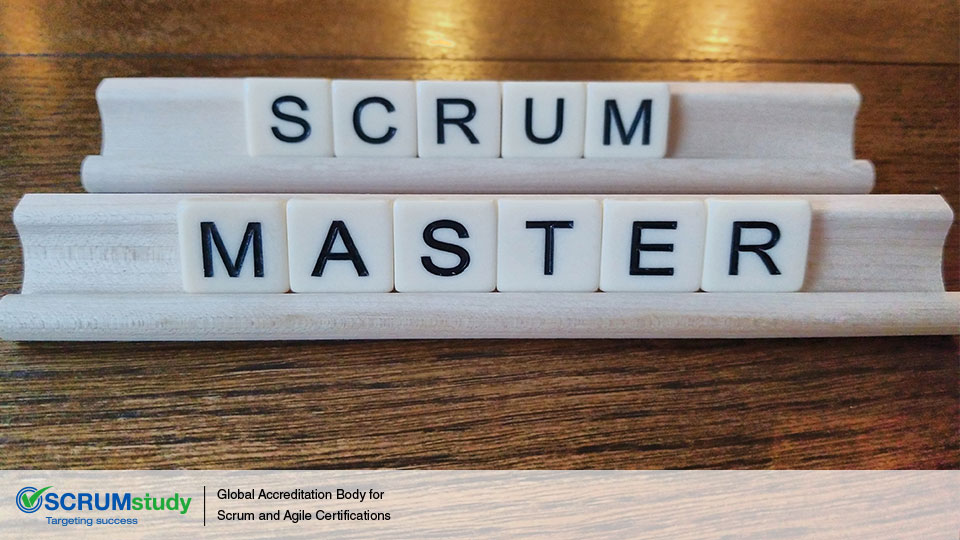What are the responsibilities of a Scrum Master?
Posted bySCRUMstudy® on July 16, 2024
Categories Agile Scrum Scrum Master
In this article, we delve into the core responsibilities and key contributions that define the essence of a proficient Scrum Master.
The Scrum Master is the “supporting leader” of the Scrum Team who moderates and facilitates team interactions as team coach and motivator. The Scrum Master is responsible for ensuring that the team has a productive work environment by guarding the team from external influences, removing any obstacles, and enforcing Scrum principles, aspects, and processes.
The Scrum Master has many responsibilities, and they change depending on which process is being conducted. For example, during the develop epics process, the Scrum Master facilitates creation of the epics and personas.
The table given below summarizes the Scrum Master’s responsibilities in the various Scrum processes:
|
Processes |
Scrum Master Responsibilities |
|
Idetify Scrum Master and Business Stakenholder(s) |
|
|
Form Scrum Team |
|
|
Develop Epic(s) |
|
|
Create Prioritized Product Backlog |
|
|
Conduct Release Planning |
|
|
Create User Stories |
|
|
Estimate User Stories |
|
|
Commit User Stories |
|
|
Identify Tasks |
|
|
Estimate Tasks |
|
|
Update Sprint Backlog |
|
|
Create Deliverables |
|
|
Conduct Daily Standup |
|
|
Refine Prioritized Product Backlog |
|
|
Demonstrate and Validate Sprints |
|
|
Retrospect Sprint |
|
|
Retrospect Release |
|
Responsibilities of the Scrum Master in Scrum Processes
Chief Scrum Master
Large projects require multiple Scrum Teams to work in parallel. Information gathered from one team may need to be appropriately communicated to other teams—the Chief Scrum Master is responsible for this activity.
The role of a Chief Scrum Master is necessary to ensure proper collaboration among the Scrum Teams. Coordination across various Scrum Teams working on a project is typically done through the Scrum of Scrums (SoS) Meeting. There is no role hierarchy of Scrum Masters—they are all peers. The Chief Scrum Master works at a multi-team level, whereas the Scrum Masters each work at a single-team level.
Typically, any inter-team issues are addressed by the interested parties in a session immediately following the Scrum of Scrums. The Chief Scrum Master facilitates this session.

